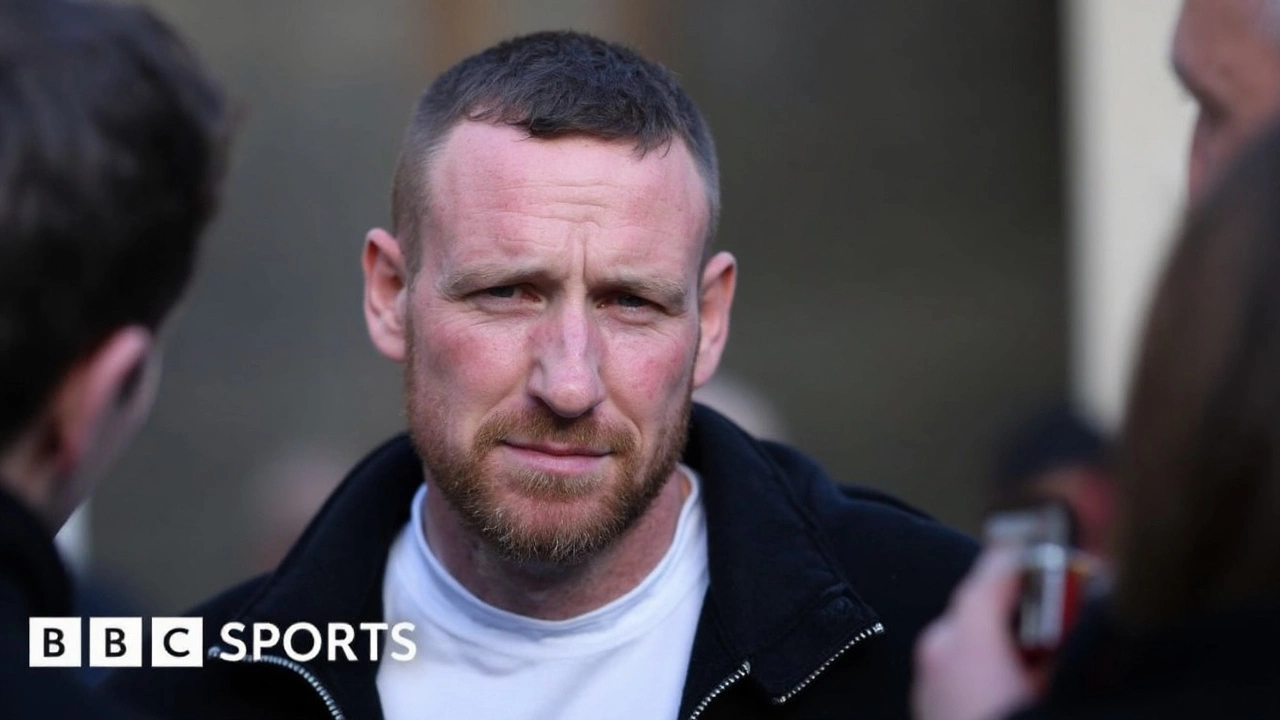Recovery Tips Every Motorsport Lover Should Know
If you spend weekends chasing speed, you know how hard your body and mind get taxed. Whether you’re a rider, a pit crew member, or just a fan walking the paddock, good recovery is the secret sauce that keeps you sharp for the next session. Below are real‑world tricks that work on the track, in the gym, and at home.
Fuel Your Body Right After the Action
The first 30 minutes after a race are a golden window. Your muscles are still burning glycogen, so reaching for a mix of carbs and protein helps refill energy stores and kick‑start muscle repair. A simple banana with a scoop of whey, a turkey wrap, or a handful of nuts and dried fruit does the job without weighing you down. Hydration matters just as much—water is good, but a sports drink with electrolytes replaces the salt you lose through sweat, especially in hot summer events.
Active Rest Beats Total Couch Time
When the engine shuts off, your body doesn’t need to stay still. Light activity—like a 10‑minute walk, gentle cycling, or even a short yoga flow—keeps blood flowing and clears lactic acid faster than lying on the sofa. Think of it as a cool‑down for the whole system, not just the legs. If you’re dealing with minor aches, a quick foam‑roller session can melt tension and improve range of motion, setting you up for stronger performance next week.
Sleep is the ultimate recovery tool. Aim for 7‑9 hours of uninterrupted rest, and try to keep a consistent bedtime even on race‑day weekends. Dark rooms, cool temperatures, and no screens an hour before bed boost melatonin, letting your body rebuild tissue and store mental stamina.
Mindset matters too. Racing is as much mental as it is physical, so give your brain a break. Spend a few minutes visualizing the next race, replaying good sections, and letting go of mistakes. This mental rehearsal reinforces muscle memory without the physical strain.
Gear Up for Quick Repairs
Recovery isn’t only about the human body. When a bike or car gets a bump, having the right tools on hand stops small issues from becoming big headaches. Carry a compact multi‑tool, spare chain links, and a portable tire inflator. Knowing how to change a flat or tighten a loose bolt can save hours at the garage and let you get back on track faster.
Regular maintenance—checking oil levels, brake pads, and suspension components—keeps the machine running smooth, which in turn reduces the strain on you as a driver. A well‑tuned bike means less vibration, fewer jolts, and a more comfortable ride, all of which contribute to faster personal recovery after a long day.
Finally, keep a log. Jot down how long you rode, weather conditions, what you ate, and how you felt afterward. Spotting patterns helps you tweak nutrition, sleep, or gear choices for the next event.
Recovery isn’t a one‑size‑fits‑all process, but these simple habits cover the basics for anyone who lives for speed. Try a few today, notice what sticks, and you’ll find yourself ready for the next lap with less fatigue and more focus.
Bradley Wiggins Opens Up About Cocaine Addiction and Road to Recovery
Sir Bradley Wiggins, champion cyclist and first Brit to win the Tour de France, candidly shares his struggle with cocaine addiction after retiring. His children’s intervention and support from Lance Armstrong propelled his recovery. Wiggins has now been clean for a year and details his battle in his new autobiography.






